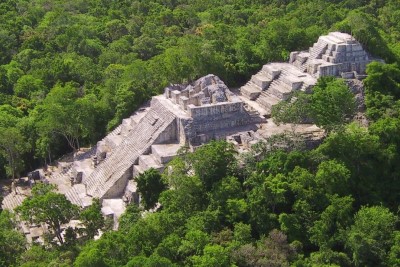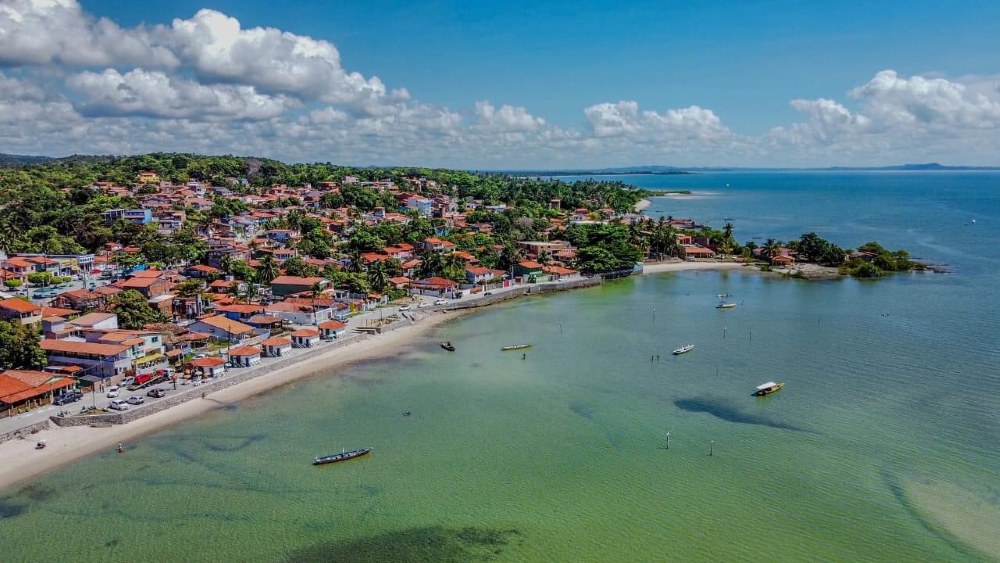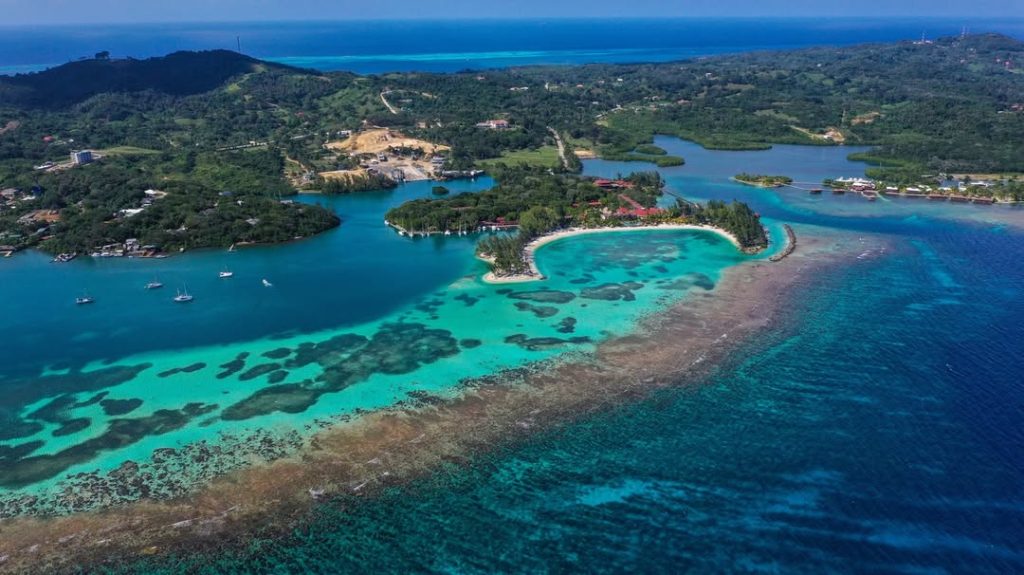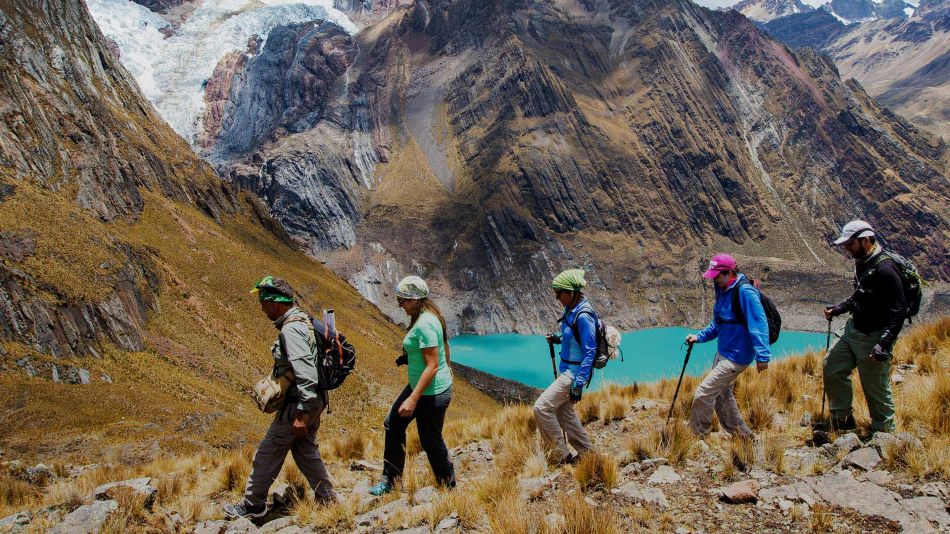Mexico’s National Institute of Anthropology and History (INAH) has announced that the Maya archaeological site of Ichkabal, located near the town of Bacalar, will be open to the public in August 2024. The site was discovered in the 1990s and has not been accessible to the public since then due to access difficulties and ongoing excavations.
Ichkabal is one of the oldest and most important Mayan sites in the region, with pre-Hispanic buildings dating back at least 2,400 years. Among these structures, a massive pyramid over 30 metres high has been unearthed. The researchers point out that the size and age of these buildings indicate the major importance of Ichkabal for the Maya people.
The archaeological discoveries made on the site between the Preclassic period and the collapse of the Maya civilisation (400 BC – 900 AD) demonstrate the city’s permanence over time, which is also an indicator of the site’s importance. In addition, the city is considered to be the origin of the Kaanu’l (snake) dynasty, one of the most powerful ruling groups of the Maya civilisation.
The archaeological zone of Ichkabal, which extended over 60 square kilometres and was linked to the site of Dzibanché, is considered to have been a centre of power that linked the Maya jungle regions of Chiapas and Campeche to the Guatemalan Petén and the eastern Yucatan peninsula until the 10th century.
The opening of the site is part of the Mexican government’s initiative to improve and develop archaeological sites along the Maya Train route currently under construction.
Access to Ichkabal will be via the Tren Maya station at Bacalar, some twenty kilometres away. Visitors will be able to fly to Bacalar from Cancun airport, pending the opening of Tulum airport in 2024, which is much closer to the site.
INAH is currently working with the local community to reach an agreement on how the land surrounding the archaeological site will be used and how it will benefit from being opened up to the public.








